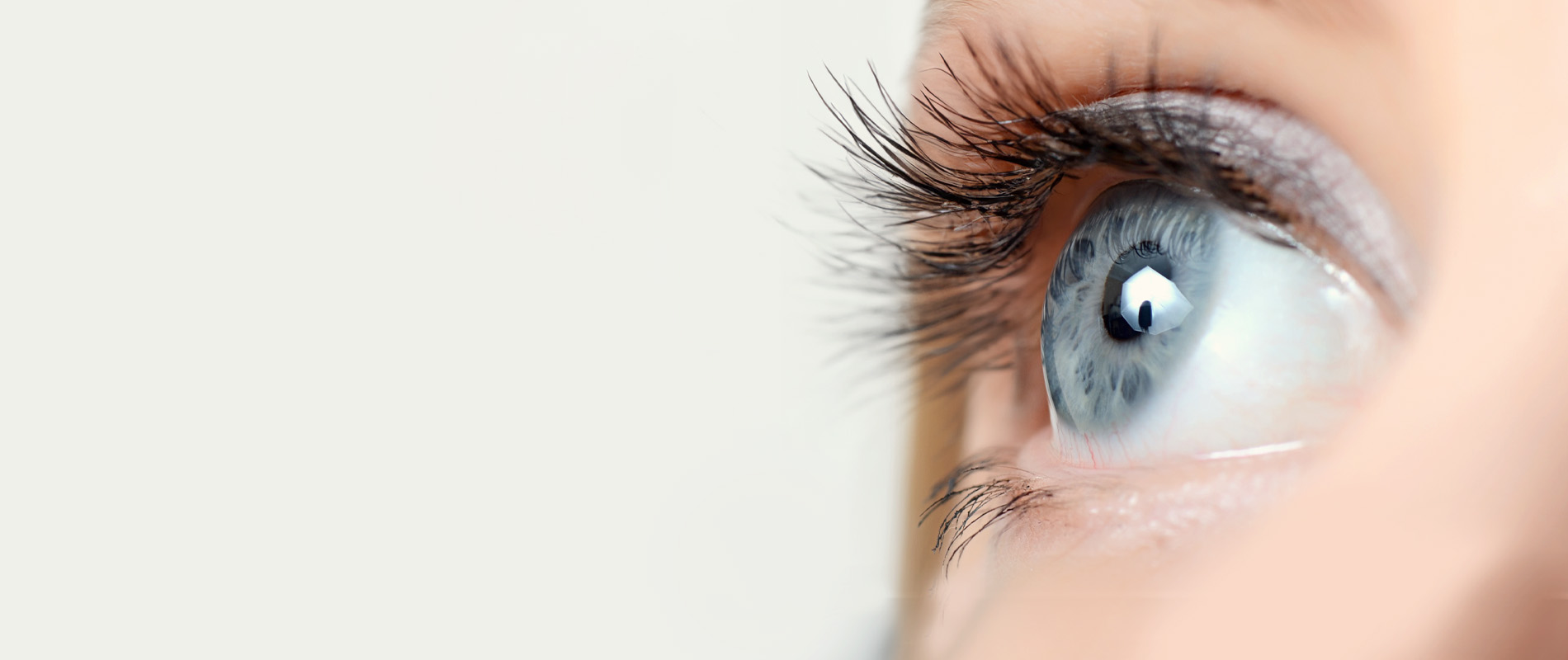
WHAT IS DRY EYE DISORDER?
It is thought almost three quarters of a billion people worldwide suffer from DED (Dry Eye Disorder), but most cases remain undiagnosed. In our clinics, more than two-thirds of our customers have experienced symptoms of dry eye conditions that would benefit from treatment.
In most cases, we can treat DED with our LLLT (Low-level light therapy) masks.
Symptoms
- Irritation/itchy eyes
- Blurred vision/fatigue
- Feeling like something is in your eyes
- A stinging/burning sensation
- Redness
- Excessive wateriness
- Light sensitivity
- Night-time driving issues
- Soreness/grittiness
What Causes Dry Eye Symptoms?
- Prolonged use of screens
- Dry environments (including air-conditioned rooms)
- Poor diet
- Air pollution
- Use of eye cosmetics and false eyelashes
- Menopause
- Wearing contact lenses
- Medical conditions such as blepharitis, Sjögren's syndrome or lupus
- Laser surgery
Clinical Dry Eye Assessment
Before we recommend a treatment, we always start with an initial analysis of your tear film. It is essential to identify the problem's severity and measure and monitor the results.
We have three levels of treatment. For mild cases, we can offer products that relieve the symptoms, while some manual massaging of the meibomian glands by an optometrist can provide instant relief.
Soothe Your Eyes with our LLLT Mask
Our Low-Level-Light-Therapy courses are our most common treatment for those suffering from dry eye conditions. Usually, four treatments over one month will help most customers. Our optometrists monitor the performance of all treatments.
Soothe Your Eyes with our LLLT Mask
Our Low-Level-Light-Therapy courses are our most common treatment for those suffering from dry eye conditions. Usually, four treatments over one month will help most customers. Our optometrists monitor the performance of all treatments.
IPL Therapy offers Long Term Relief for the most Severe Cases
Four treatments of our Intense Pulsed Light (IPL) Therapy for severe dry eyes should significantly reduce the symptoms for up to 18 months. We offer this treatment on its own or in conjunction with LLLT.
If you have any questions, please call one of our optometrists.
WHAT IS DRY EYE DISORDER?
It is thought almost three quarters of a billion people worldwide suffer from DED (Dry Eye Disorder), but most cases remain undiagnosed. In our clinics, more than two-thirds of our customers have experienced symptoms of dry eye conditions that would benefit from treatment.
In most cases, we can treat DED with our LLLT (Low-level light therapy) masks.
Symptoms
- Irritation/itchy eyes
- Blurred vision/fatigue
- Feeling like something is in your eyes
- A stinging/burning sensation
- Redness
- Excessive wateriness
- Light sensitivity
- Night-time driving issues
- Soreness/grittiness
What Causes Dry Eye Symptoms?
- Prolonged use of screens
- Dry environments (including air-conditioned rooms)
- Poor diet
- Air pollution
- Use of eye cosmetics and false eyelashes
- Menopause
- Wearing contact lenses
- Medical conditions such as blepharitis, Sjögren's syndrome or lupus
- Laser surgery
